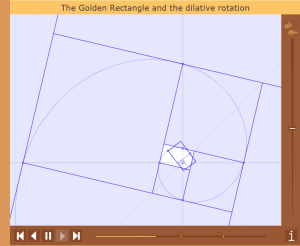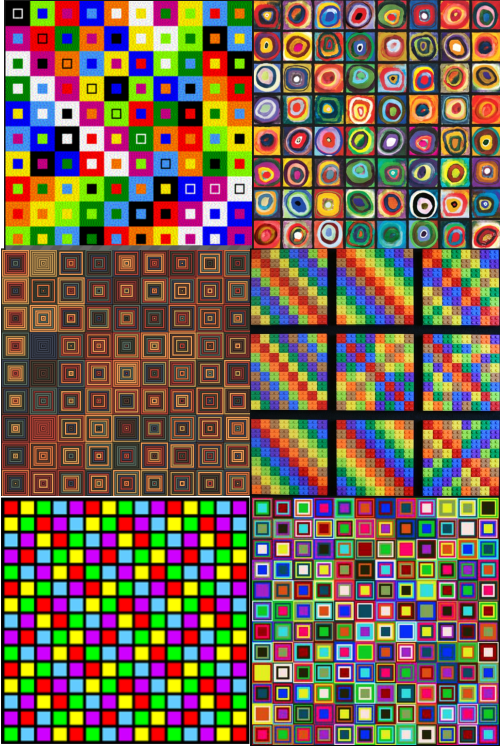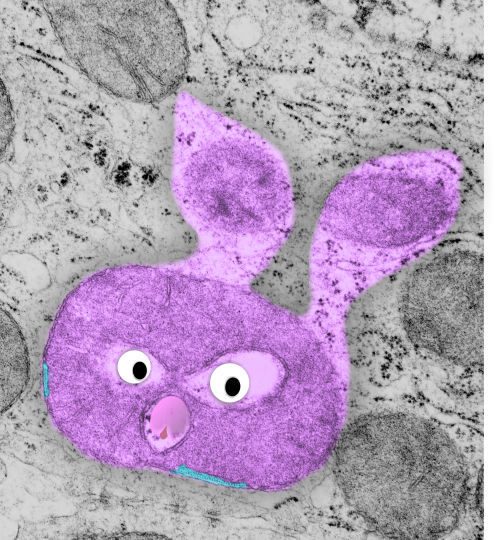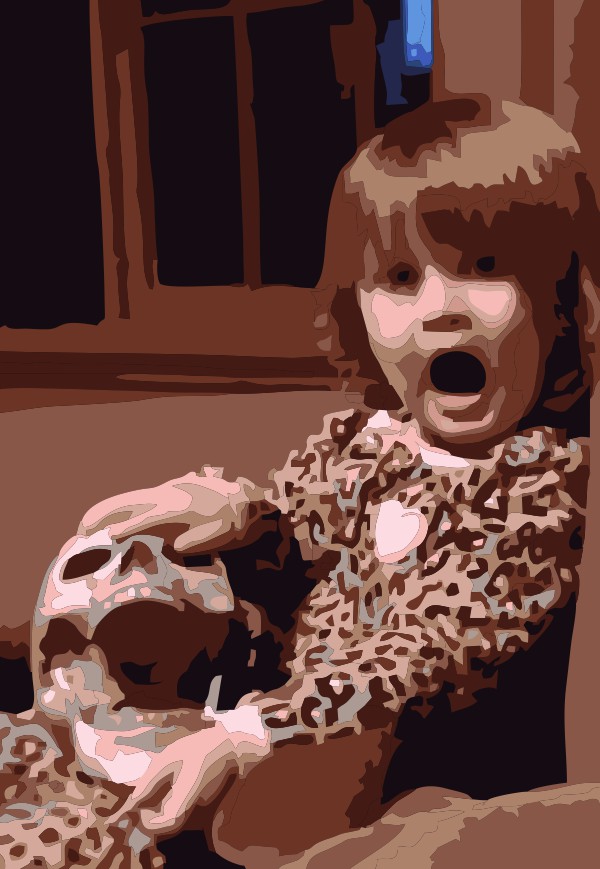I was looking for help calculating the total height of a stained glass pattern that I was attempting to create for a diamond shaped pyramidal structure. I found it took me about 2 hours on google to even find the correct name for the structures in three dimensions. This says nothing about google’s algorithms but it does say a lot about how little I remember about geometry (65 years past, maybe longer).
After looking over many sites I was totally overwhelmed with this one in particular and it is on a par with none other I have visited. Check out the animation, the presentation, the whole site is really awesome. However, I still have to ask for help — which I will do — for calculating the height of my pattern (and very likely, I wont find a single customer who would be able to enlarge it and calculate the height for themselves either… just to alleviate my own reduced self-worth at not being able to remember how to do it from 8th grade.
HERE is their webpage for an octagonal pyramid and for truncated pyramids. Bu t looking further you will find many awesome pages, this one on the golden spiral. Just peruse the site, you will be amazed. Here is a screen print from an animation.
t looking further you will find many awesome pages, this one on the golden spiral. Just peruse the site, you will be amazed. Here is a screen print from an animation.








